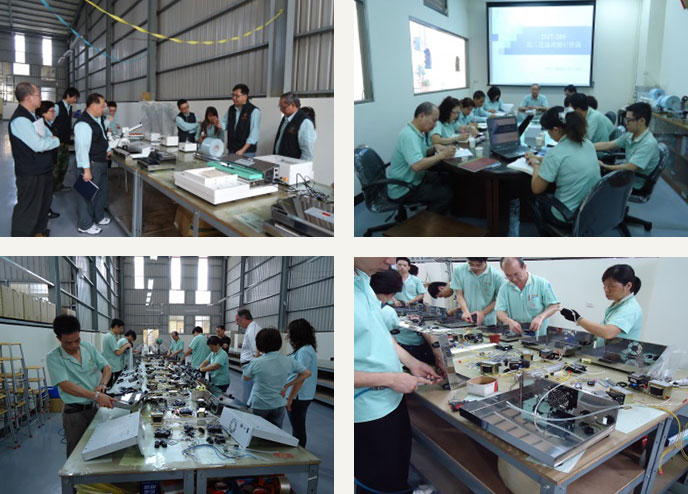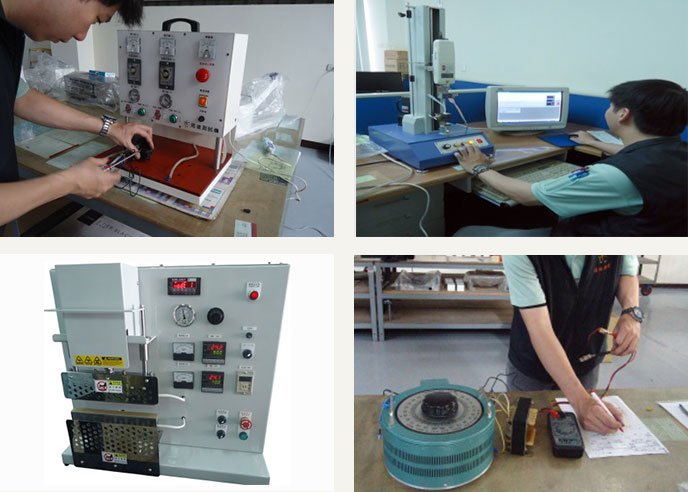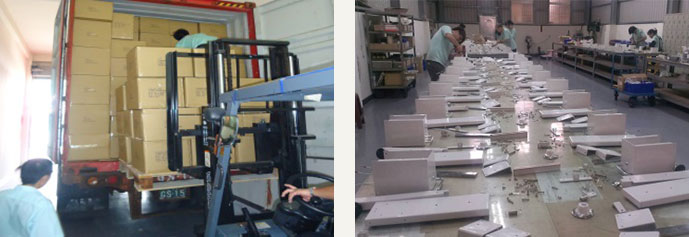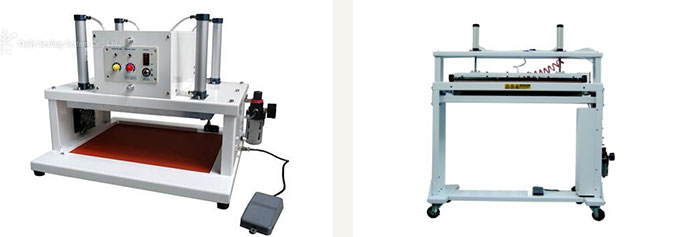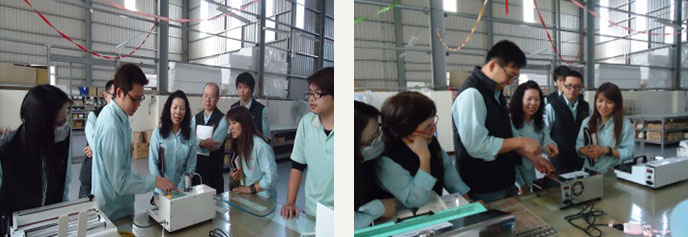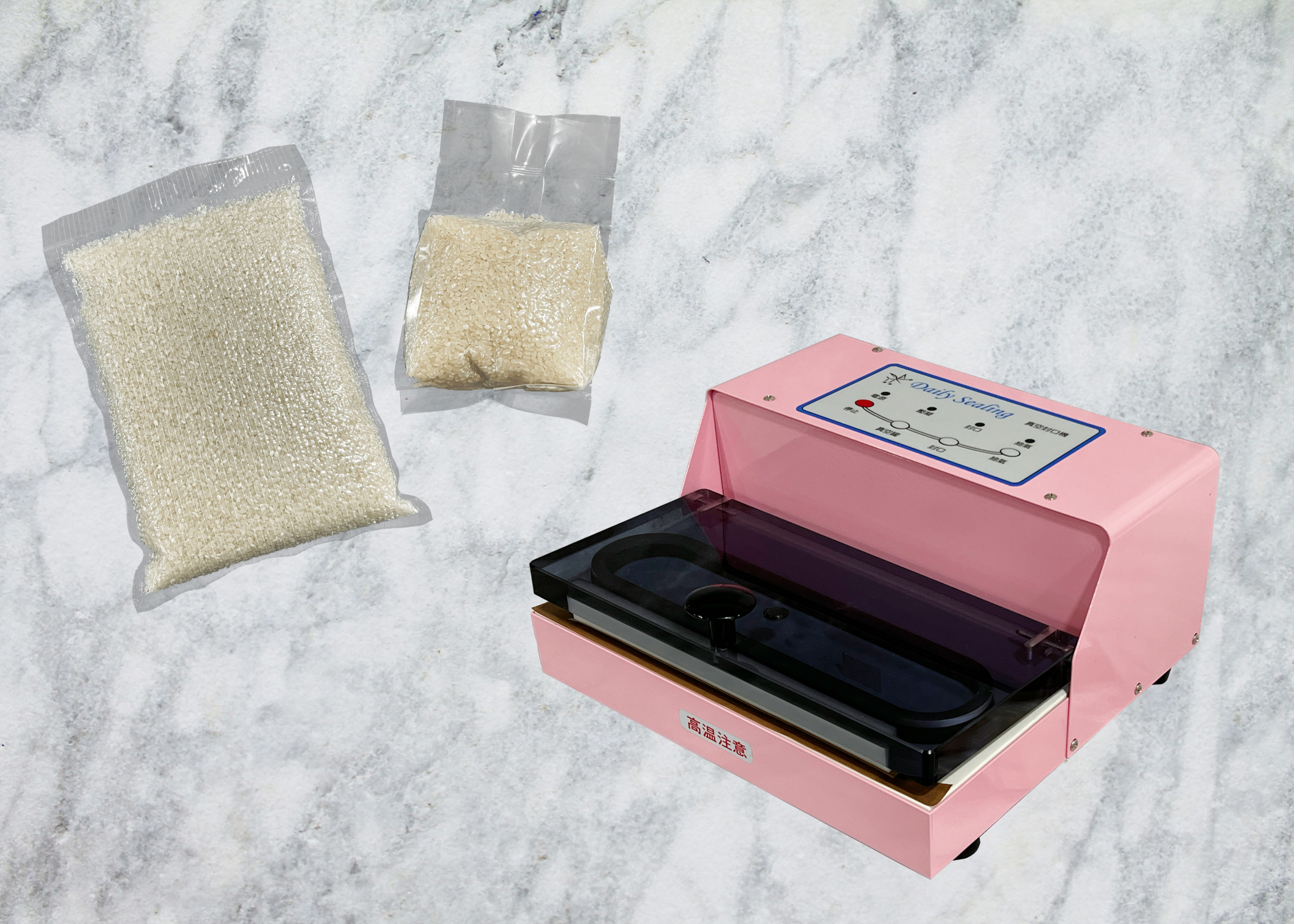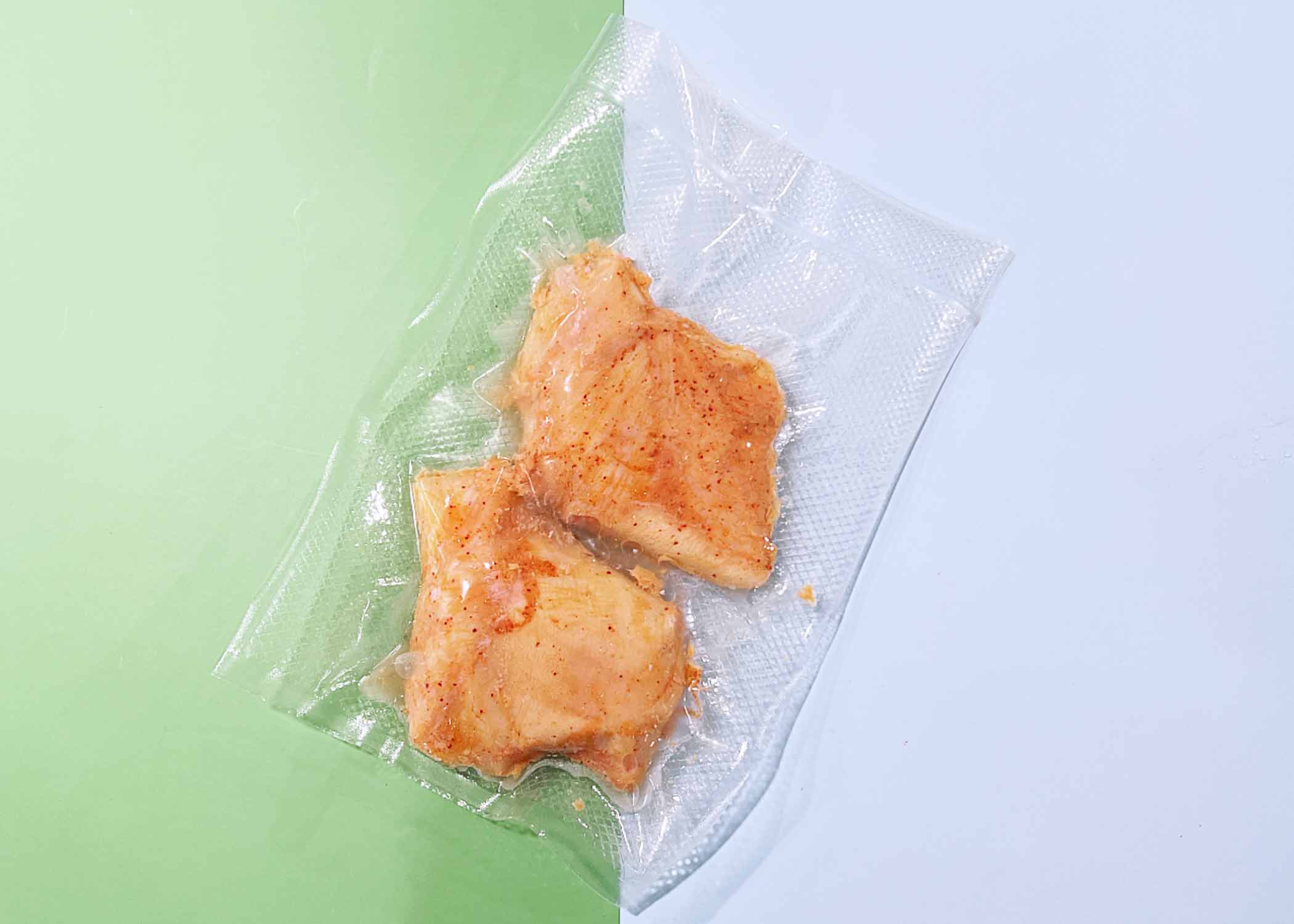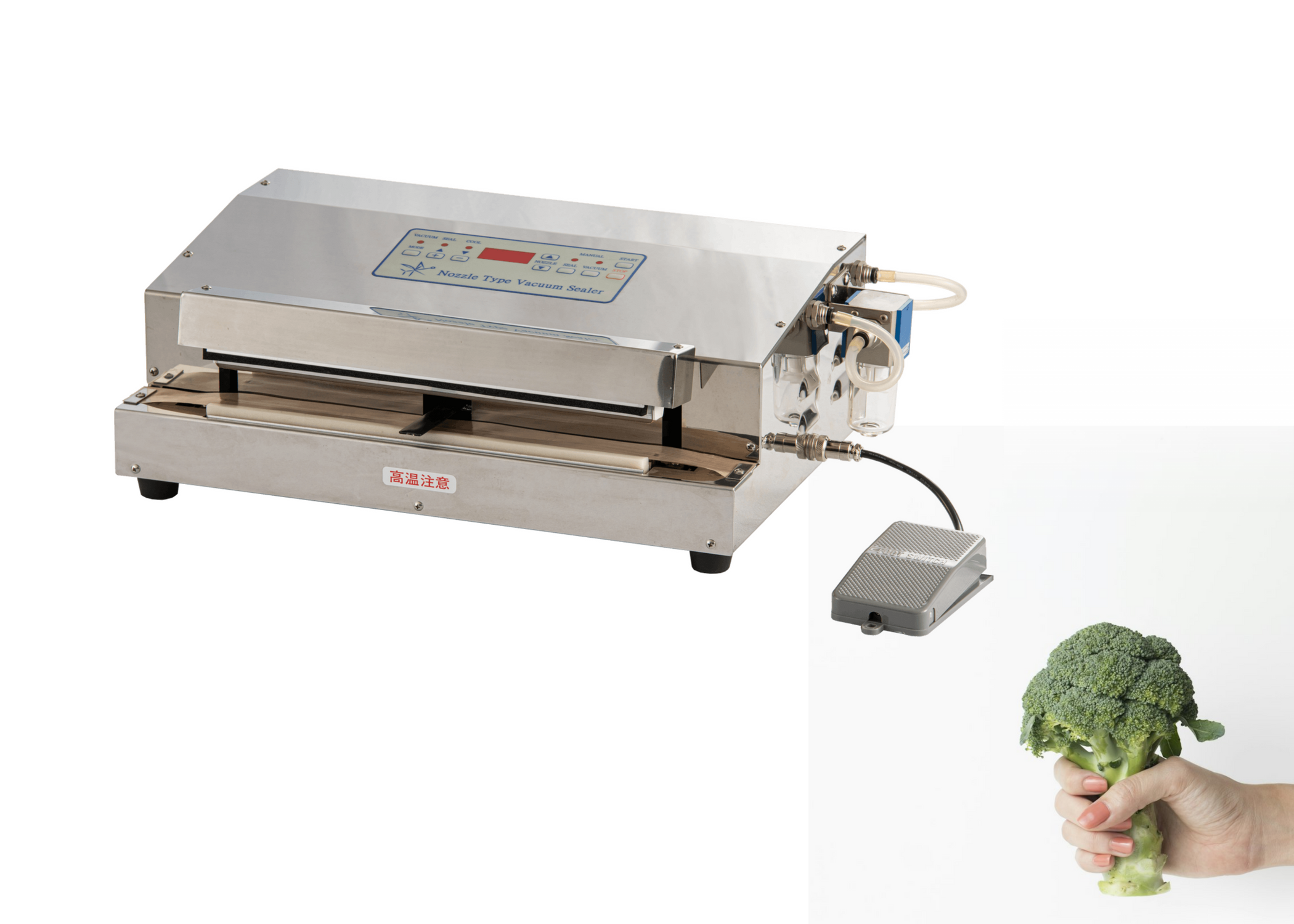Sealing length: 35cm.
Operate mode: foot pedal switch controlled.
Need to connect air compressor.
Available for: aluminum foil bag, tinfoil bag, vacuum nylon bag, cellophane bag.
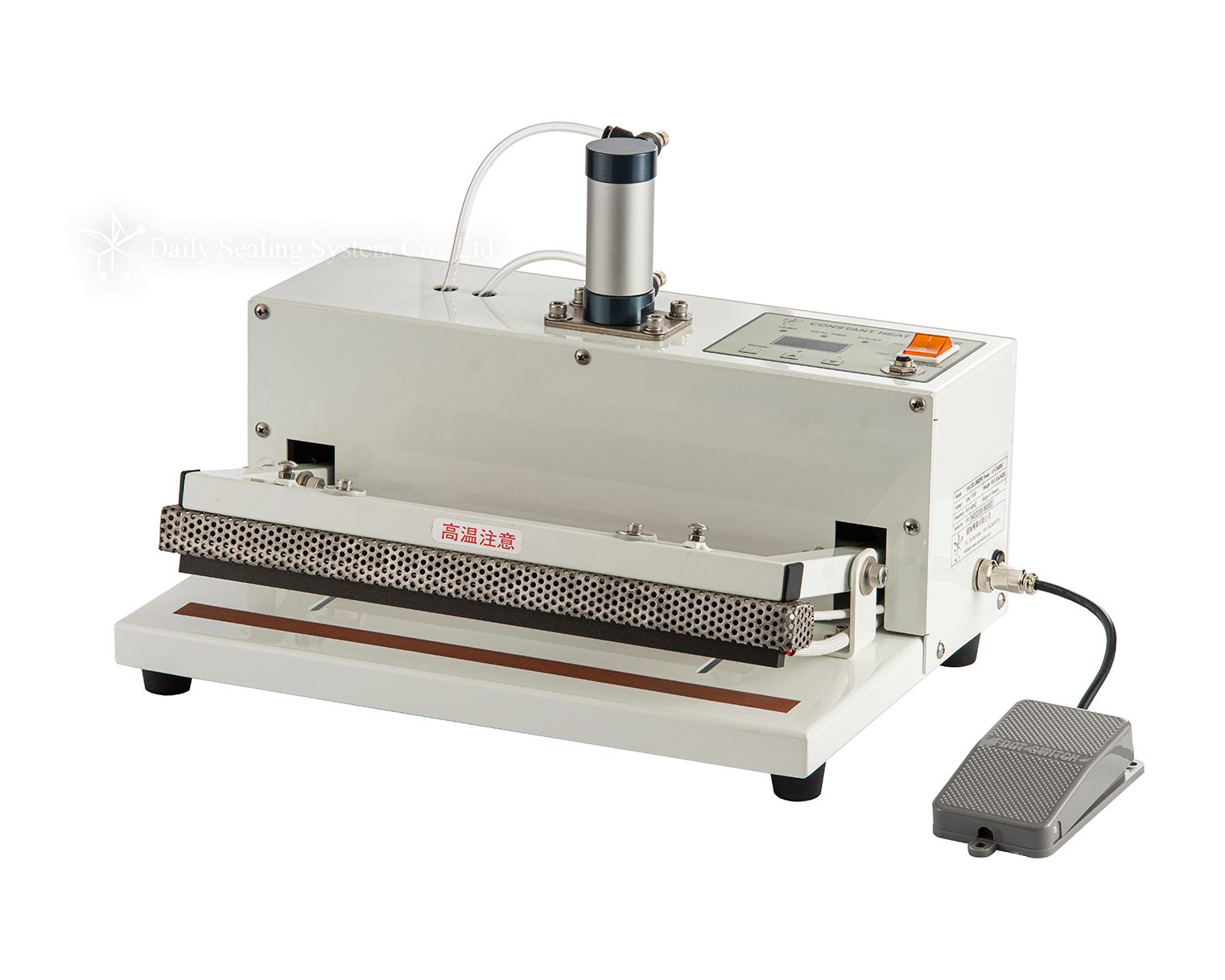



Pneumatic pedal switch type constant heat sealer:
• Machine material: steel plate with powder coating, keeps hygiene and safety.
• Sealing is performed by thermostatic control: as per package material and degree of thickness to adjust
increasing temperature for goods sealing quality steadily.
• Pneumatic pedal switch control: easy operation and save time, gives consistent and trim result every time.
• Equipped the counting device, which can count the finished seals automatically, or pre-set the desirous sealing
time for the same.
• Available for: aluminum, tinfoil, KOP, antiseptic bag, vacuum nylon bag.
| Model No. | DC-350DR |
|---|---|
| Sealing type | Constant Heat |
| Voltage/Ampere | 110V / 2.5A,220V |
| Power | 280W(110V) |
| Max.sealing | Max:350.0 x 10.0 mm |
| Machine weight | 9.26 kgs |
| Machine size | 417 x 300 x 280 mm |
| Sealing Temperate | 90 - 250℃ |
Pneumatic pedal switch type constant heat sealer:
